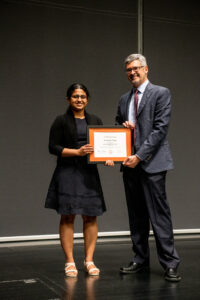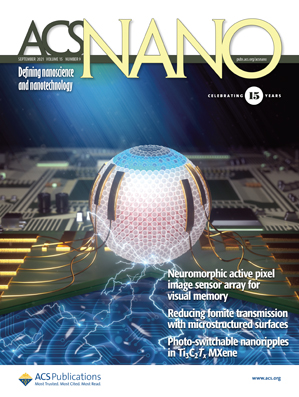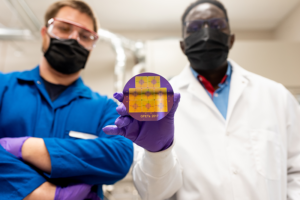The SCGSR program is designed to recognize and support exceptional U.S. graduate students by offering supplementary funding for a portion of their graduate thesis research. This research takes place at a Department of Energy (DOE) laboratory, focusing on areas of significance to the DOE Office of Science. Nick is among the elite group of 60 students selected for this program and will be conducting his research at the
Center of Nanophase Materials located at the
Oak Ridge National Laboratory.Nick’s academic journey began with the completion of his Bachelor of Science in Materials Science and Engineering at the Massachusetts Institute of Technology (M.I.T.) in 2021. His current research interests center on the investigation and control of phase changes and atomic-level defects in layered materials, particularly within the context of their applications in neuromorphic systems.
When asked about his motivation for delving into the field of Materials Science and Engineering, Nick shared, “the field really appealed to me as I wasn’t sure what I wanted to study, and the multidisciplinary aspect of materials science made a lot of sense for me to study since engineering problems in all fields face some sort of materials limitation.” In his leisure time, Nick enjoys staying active and embracing the outdoors, whether it’s through long runs, bike rides, or simply spending quality time with his dogs.





